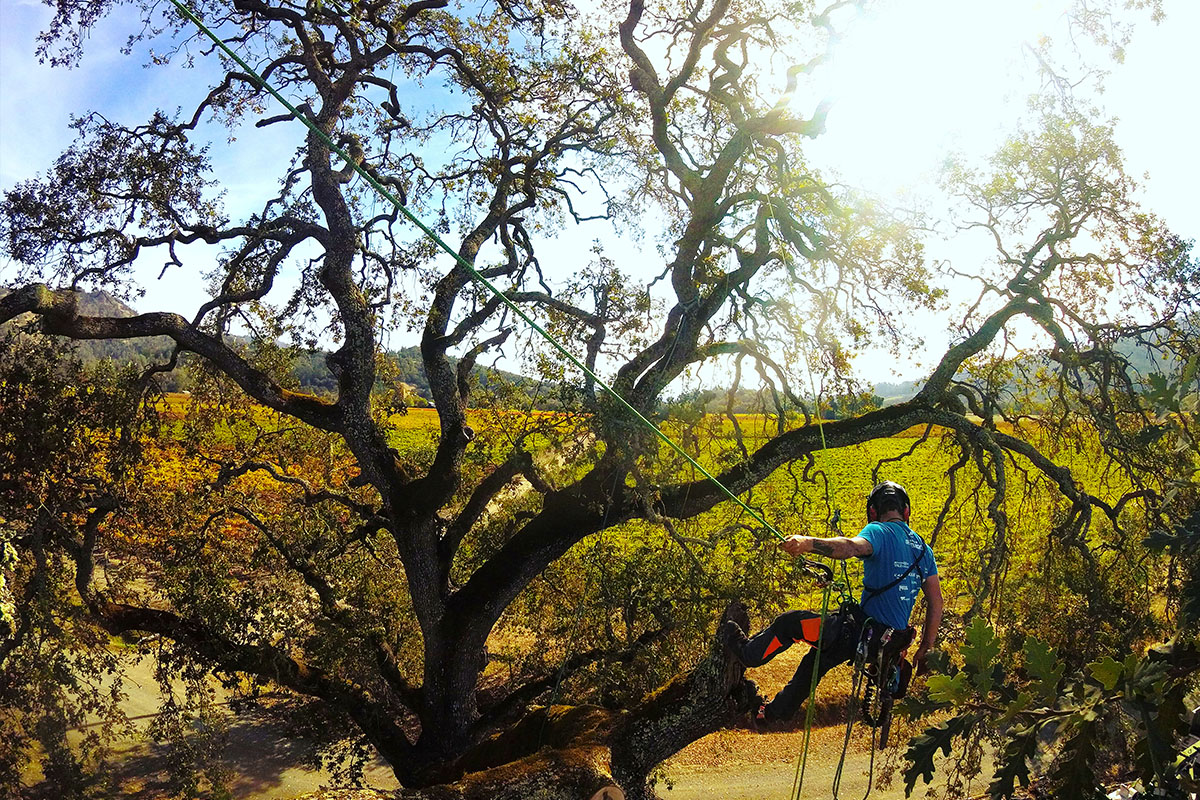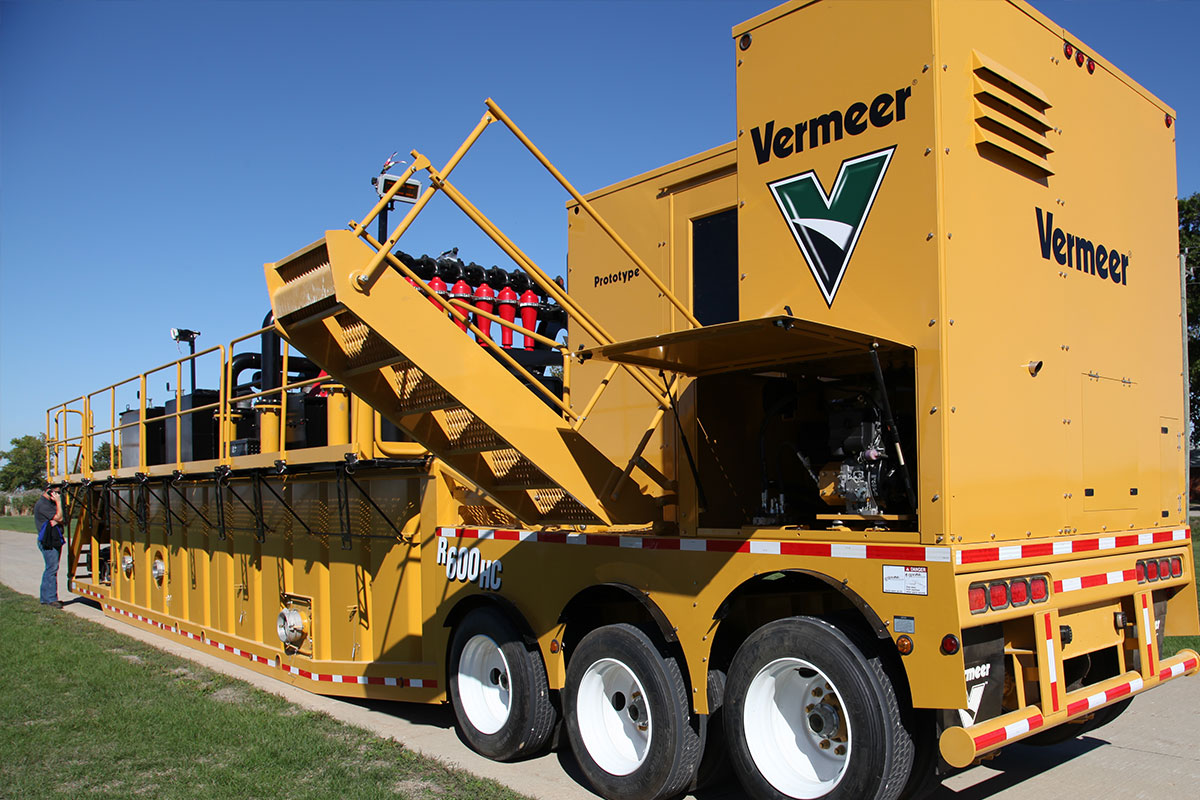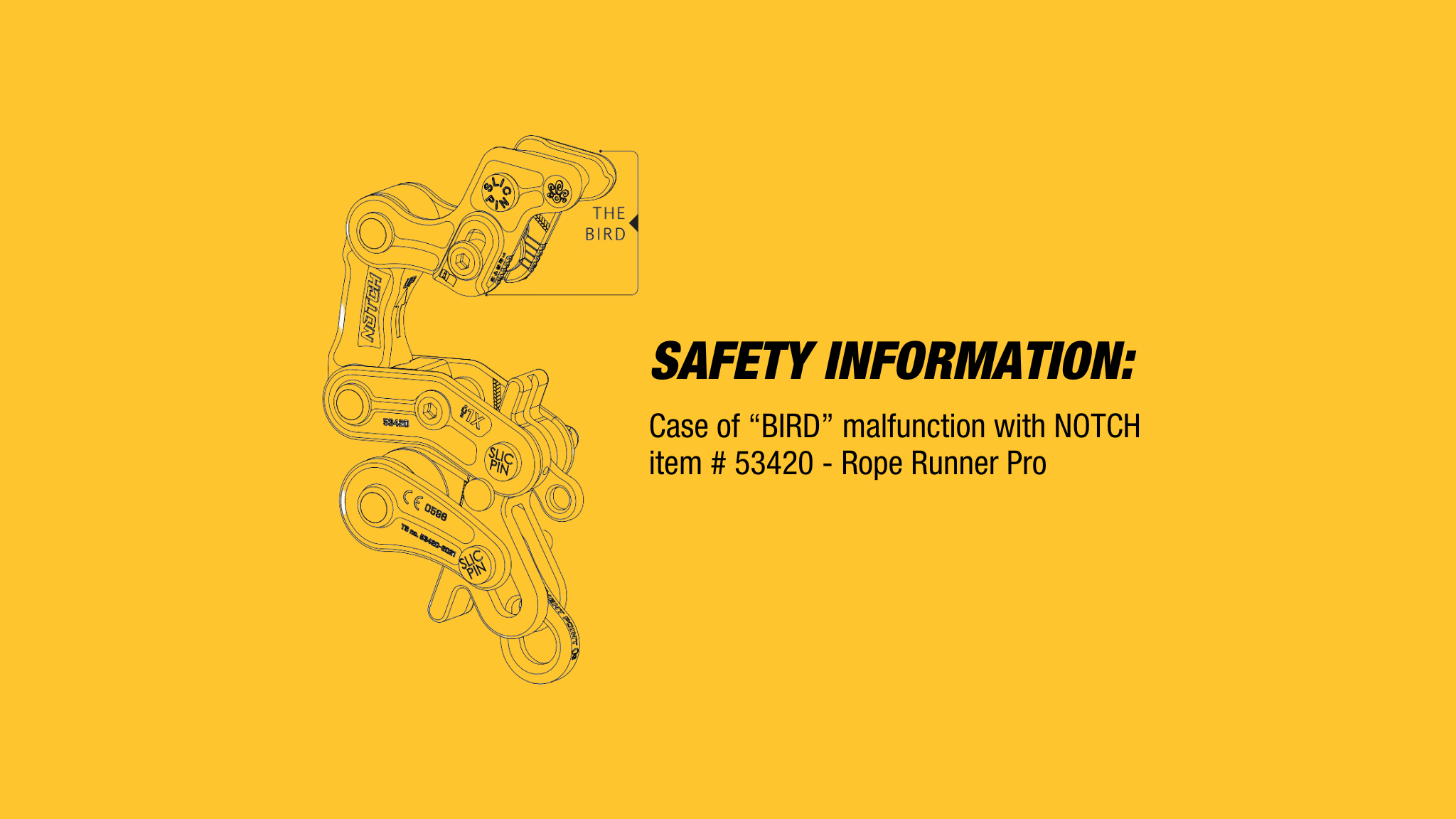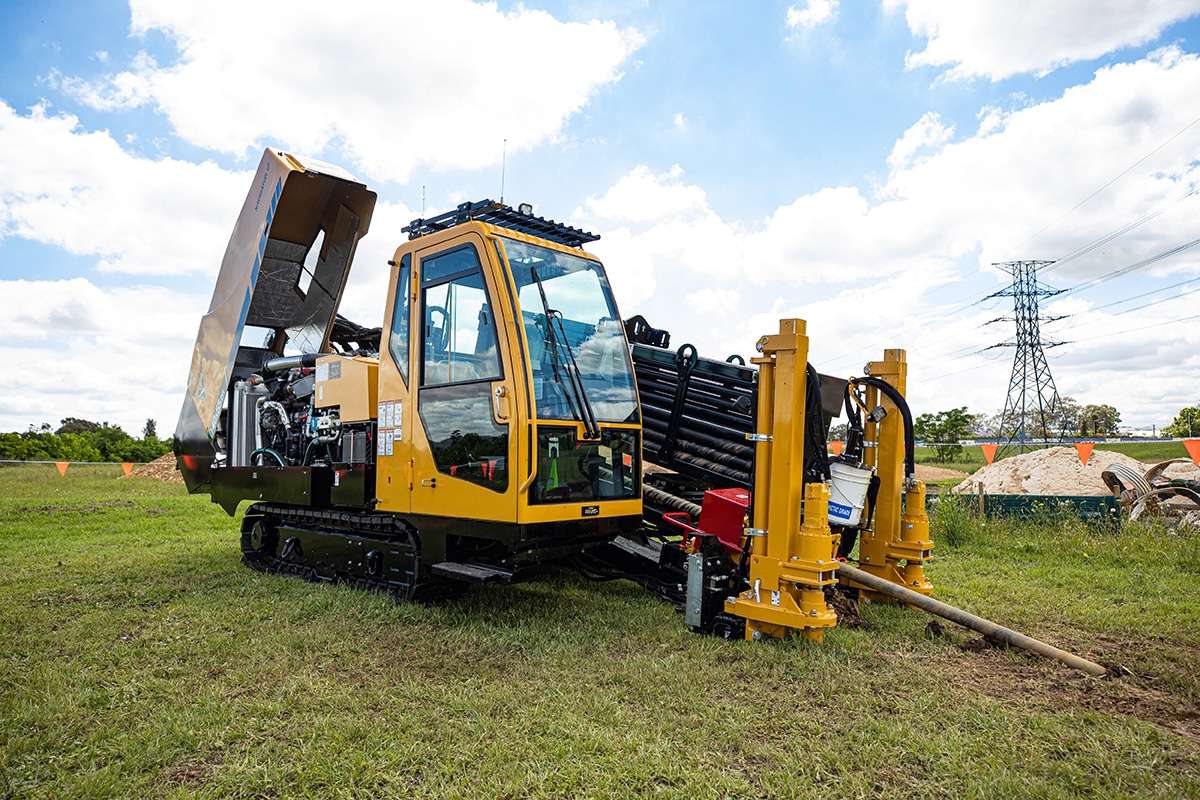Vermeer Australia and Joe Harris, along with some of Australia’s most renowned climbers, have joined forces again to deliver the annual Vermeer Arborist Seminar Series for 2019. This year the seminar’s focus on a topic that has become a talking-point in recent years: Stationary Rope Technique (or ‘SRT’, formerly known as Single Rope Technique). The 2019 series provides the opportunity to learn about SRT and try out some of the different SRT systems available today.
We spoke with Joe Harris, internationally recognised trainer and tree climbing champion, who touched on the key elements of SRT as it relates to climbing arborists.
What is Stationary Rope Technique?
“Stationary Rope Technique (SRT) is a method of ascending, work positioning and descending from trees using an assembly of configured arborist climbing equipment such as ascenders, descenders or dedicated SRT work positioning systems.
When using SRT, climbers move up and down along a climbing rope – whilst the rope itself stays in the same place (stationary). In traditional climbing systems, the rope moves back and forth over the high point as the climber ascends or descends. This used to be called Doubled Rope Technique or DdRT, and is now called Moving Rope Technique (MRT).”
Benefits of Stationary Rope Technique
- There is consistent friction at the hitch regardless of the number of redirects – therefore it is easy to achieve good rope angles and set multiple redirects.
- This technique may not require isolation of the tie-in-point, so it is quick to set in some configurations.
- With SRT, the use of ascenders or similar SRT equipment can make long ascents very efficient and fast.
- Only a single rope length reaching the ground is required.
- A wide range of equipment exists for ascending, descending and work positioning on stationary rope, and equipment can be configured into a number of different systems.
- SRT climbing systems can be used to perform almost any tree climbing task.
- The installation of multiple natural redirects has no impact on the climber’s ability to control the friction in the climbing system.
NOTE: It is very important to ensure that you understand the full range of functions of any SRT device, as well as the correct configuration and any possible risks or misconfiguration, before leaving the ground.
“Broadly speaking, the differences between SRT and MRT result in a different way of planning work within the tree. MRT climbers are said to see the tree in rows – planning to go out and back on each branch that is to be worked on. SRT climbers tend more toward working in columns – going up and down the rope with less lateral movement.”
The 2019 Vermeer Arborist Seminar Series kicks off again in August between 9th and 31st in Brisbane, Melbourne, Sydney and Adelaide. This year’s one-day format offers a morning theory session followed by an afternoon practical climbing session to put these new techniques into practice. This year, attendees will leave the event knowing what SRT is and why they should use it, how to assemble safe and efficient climbing systems for ascent and work positioning, smooth climbing techniques with SRT systems, how to get the most advantage without any of the disadvantages, and tree work strategies to get the most benefit from their SRT climbing system.
In the interim, if you are interested in trying out any SRT ascenders, descenders or other devices, you can try-before-you-buy in the Climbing Zone at your local Vermeer Parts Counter.

 MyDealer:
MyDealer: